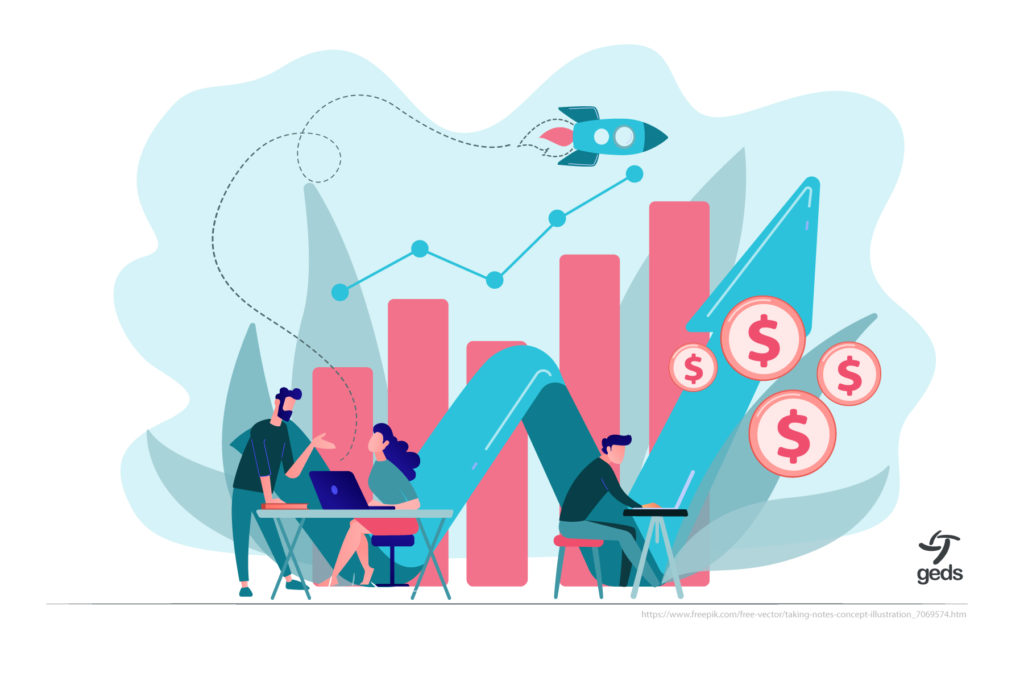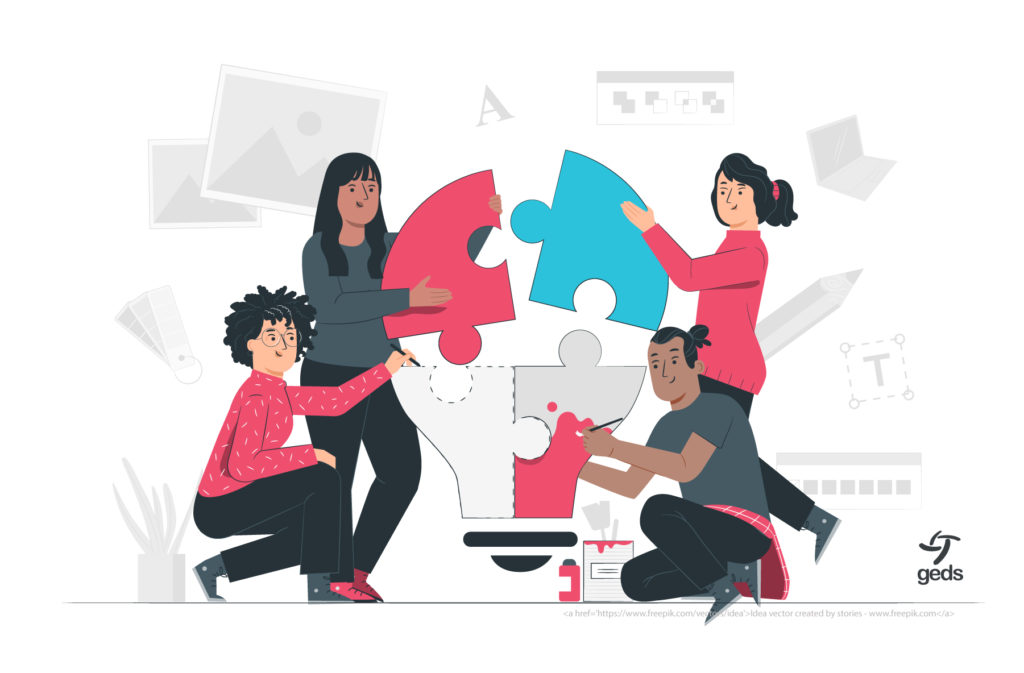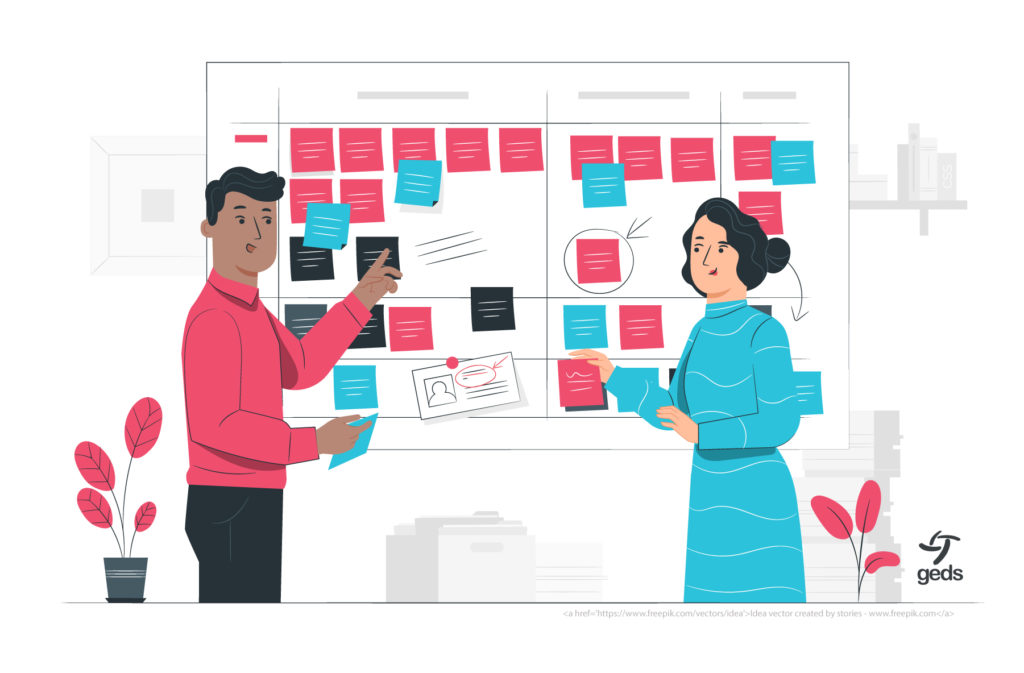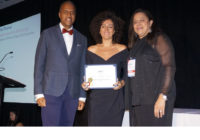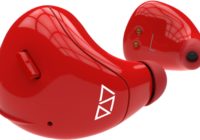Every design meeting starts with explaining the business value of design, which can be the most challenging part of being in the design business. As we earlier shared on the GEDS blog – thanks to the Design Management Institute and Design Council’s studies on the value of design – we have been using their valuable outcomes last 10 years to convince our clients of what investing in design would bring them.
As a result of these studies, design value has been more visible and the market has gained momentum. Some corporates and big consultancy companies have started in-house design units in the past few years. Management consulting firm Mckinsey’s Mckinsey Design is one of them.
McKinsey Design recently released a new study on the business value of design. At SXSW 2019, Ben Sheppard, a McKinsey partner in London and founder of the McKinsey Design-to-Value lab, presented the study. We believe that it will create even further momentum for the design ecosystem. We are excited to share the results:
Mckinsey’s study covers 300 publicly listed companies, over 2 million financial data points, 100,000 design actions over a five-year period. Based on this data, the findings are as follows
1- There is a correlation between high index scores and superior business performance. Top-quartile the index scorers increased their revenues and total returns to shareholders (TRS) substantially faster than their industry counterparts did over a five-year period — 32 percentage points higher revenue growth and 56 percentage points higher TRS growth for the period as a whole.
These results are valid in medical technology, consumer goods, and retail banking. This means that physical goods, digital products, services, or some combination of these do not change the results.

2- Despite the hype on customer experience, user-centricity or usability, many companies have been slow to catch up. Over 40 percent of the companies surveyed still aren’t talking to their end users during development. Just over 50 percent admitted that they have no objective way to assess or set targets for the output of their design teams.
Other than that, some other statistics from the study are as follows:
66% of companies aren’t sharing prototypes with end-users
50% don’t involve users prior to launching new product development
95% of leaders feel they can’t make objective business decisions on design
3- The study suggests that top-quartile companies in design — and leading financial performers — excelled in the following four areas:
More than a feeling: It’s analytical leadership
More than a department: It’s user experience
More than a phase: It’s cross-functional talent
More than a product: It’s continuous Iteration
Mckinsey emphasizes that design is more than a feeling – it is a CEO-level priority for growth and long-term performance.


